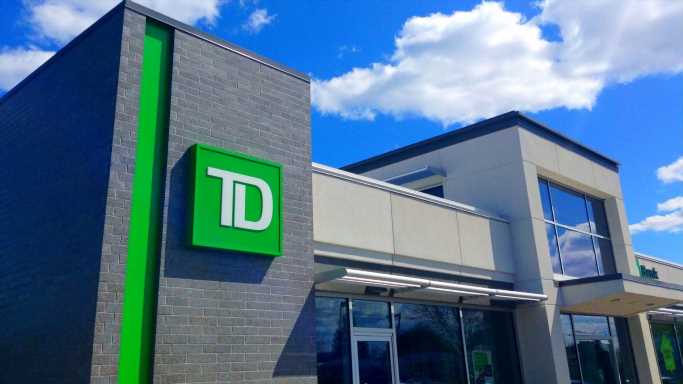A move by Canada’s bank regulator may have just put shares of the country’s lenders in investor quarantine for the next four months. And that’s after the sector is down 3% in the last month.
The Office of the Superintendent of Financial Institutions (OSFI) announced on June 20 that it raised the Domestic Stability Buffer (DSB) by 50 basis points to 3.5% of risk-weighted assets of Canada’s six largest banks.
“By raising the DSB to 3.5%, we are taking action to enhance the resilience of Canada’s largest banks against vulnerabilities. This change will help Canada maintain a resilient financial system. The DSB is a safety buffer for the banking system that can be lowered when appropriate, such as during economic downturns,” stated Peter Routledge, Superintendent of Financial Institutions.
You might only appreciate what this means for the Big Six if you’re familiar with bank stocks. As a result of this increase, the Big Six will see the common equity tier 1 (CET1) ratio increase to 11.5%, forcing them to hold onto billions of dollars of capital that could be allocated to loans, acquisitions, share repurchases, etc.
The move begs the question: Since the DSB increase does not take effect until Nov. 1, are the Big Six off-limits until then? Or is it business as usual for Canada’s big banks?
That depends.
DSB in Dollars and Cents
As the OSFI’s press release stated, the DSB will move up from 3.0% to 3.5% of risk-weighted assets; the regulator raised the DSB last December by 50 bp from 2.5%. That has a knock-on effect on the CET1 by 50 basis points, to 11.5%. Because the banks tend to operate with a buffer on the buffer, they’ll target a minimum of 12% for the CET1.
Toronto-Dominion (CA:TD) has the highest CET1 of the six largest Canadian banks at 15.3%. Let’s consider its risk-weighted assets.
In the second quarter ended April 30, it had $549.4 billion in risk-weighted assets. At 3.0%, that’s $16.5 billion it has to set aside for the DSB. In November, that will increase to $19.2 billion, or an additional $2.7 billion that can’t be allocated elsewhere.
An additional $2.7 billion isn’t a big deal for a bank with nearly $1.2 trillion in deposits and $1.9 billion in total assets. That’s 0.22% of its deposits and 0.14% of its total assets.
It’s a blip on its radar, but a blip, nonetheless.
To calculate the bank’s CET1 ratio, you take its common equity tier 1 capital at the end of April ($84.33 billion) and divide it by $549.4 billion, its risk-weighted assets, which is 15.3%.
Based on the change, it will have to have at least $63.2 billion in common equity tier 1 capital by Nov. 1, up from $60.4 billion, an increase of nearly 5%.
If you own shares in TD, you can relax, knowing it has plenty in reserve.
As for Those at the Bottom…
Canadian Imperial Bank of Commerce (CA:CM) has the lowest CET1 ratio at 11.9%. At the end of April, it had $321.2 billion in risk-weighted assets. It must put aside an additional $1.6 billion to account for the extra 0.5% on the DSB.
Based on CIBC’s risk-weighted assets at the end of April, the bank’s common equity tier 1 capital was $38.2 billion. If it follows the guideline of 12%, it needs to add approximately $300 million to its CET1 capital.
Given it has four months to gather and retain earnings, it shouldn’t have a problem meeting the 12% guideline.
But it should make investors think twice about buying the Big Six banks; stocks until it’s evident that all banks have met the DSB requirement set by the OSFI.
Obviously, the same goes for sector-tracking funds, such as Horizons Equal Weight Canada Banks Index ETF (CA:HEWB), already off 3.14% in the last month, or BMO Equal Weight Banks Index ETF (CA:ZEB), down 3.14%.
If one or more banks were to fail to meet the guideline — virtually impossible without a near-term economic shock — that wouldn’t be good for any of the Big Six banks stocks.
Even TD.
This article originally appeared on Fintel
Sponsored: Find a Qualified Financial Advisor
Finding a qualified financial advisor doesn’t have to be hard. SmartAsset’s free tool matches you with up to 3 fiduciary financial advisors in your area in 5 minutes. Each advisor has been vetted by SmartAsset and is held to a fiduciary standard to act in your best interests. If you’re ready to be matched with local advisors that can help you achieve your financial goals, get started now.
Source: Read Full Article

